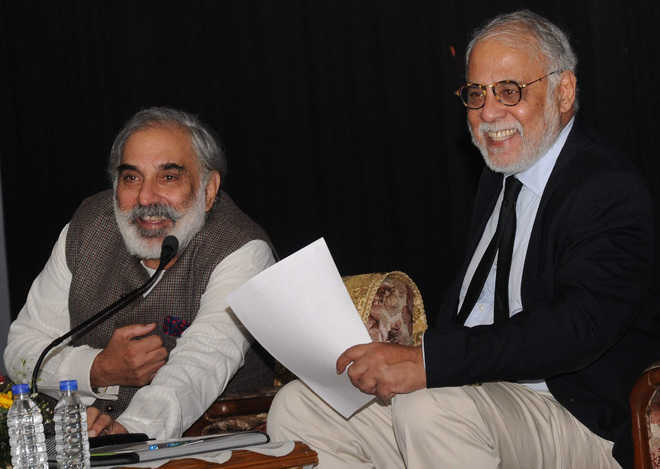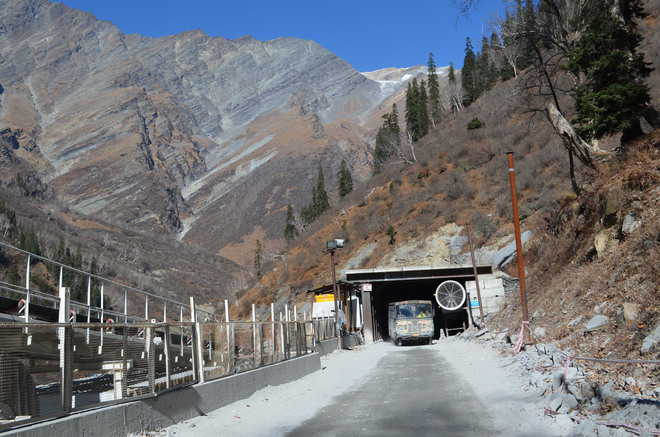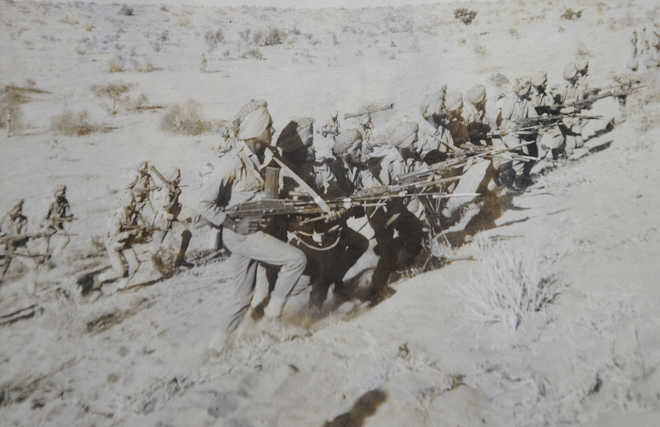HARDLINE REGIME Intel chief believes in ‘aggressive measures’ to thwart New Delhi’s influence in Afghanistan
Pakistan needs to prevent the opening of another hostile front should Afghanistan emerge as a proxy for India… LT GEN NAVEED MUKHTAR, chief of Inter-Services Intelligence agency
ISLAMABAD/NEW DELHI: Lt Gen Naveed Mukhtar, the new chief of the powerful InterServices Intelligence agency, believes Pakistan could resort to “aggressive measures” to undermine India’s role in wartorn Afghanistan to prevent Kabul from becoming a “proxy” for New Delhi.
Mukhtar was named director general of the ISI as part of a major shake-up of the Pakistan Army top brass by the new chief, Gen Qamar Bajwa. He isn’t a newcomer to spycraft as he earlier headed the ISI’s counter-terror wing.
He is known for his low profile and professional demeanour, say those who have met him. As ISI chief, Mukhtar will have to handle Pakistan’s deteriorating relations with Afghanistan and India.
For the second time in a row, a general overseeing security in the financial hub of Karachi was picked to run the ISI, which has often been criticised for meddling in politics and its links to several militant groups.
In a paper titled “Afghanistan — Alternative Futures And Their Implications” that he wrote five years ago while studying at the US Army War College, Mukhtar emphasised that Pakistan has to take steps to counter India’s influence in Afghanistan.
He also wrote that “moderate” Taliban factions should be accommodated in the government in Afghanistan before US troops withdraw.
Noting that Islamabad’s fate is closely linked with Kabul, Mukhtar wrote that “Pakistan needs to prevent the opening of another hostile front should Afghanistan emerge as a proxy for India. Consequently, Pakistan will closely follow India’s efforts to influence Afghanistan and may take aggressive measures to undermine India’s efforts in this regard.”
Mukhtar’s views on the Taliban and India are largely in line with the thinking among the Pakistan Army brass. For a long time, the top generals in Rawalpindi have favoured an accommodation with the Afghan Taliban, whose leaders have sheltered in the Pakistani province of Balochistan for years.
Pakistani generals also believe a government in Kabul incorporating Taliban elements is their best bet to prevent India increasing its influence in Afghanistan. Mukhtar wrote in the paper that New Delhi is concerned about the “perceived dangers posed by a return of a Taliban-controlled Afghan government that sponsors terrorism threatening India”.
“India strongly opposes any accommodation with the Taliban in the governance of Afghanistan in that it perceives a nexus between the Taliban, al Qaeda terrorists, and jihadist groups operating in Pakistan that are all hostile to India,” he wrote.
Mukhtar, commissioned in the Armoured Corps in 1983, concluded that “India could still move to be a major destabilising force if it perceives that a return of a radicalised Taliban government is likely”. Mukhtar replaced Lt Gen Rizwan Akhtar, who did not complete the three-year term for an ISI chief. Akhtar was made president of the National Defence University




























































.jpg)



























































